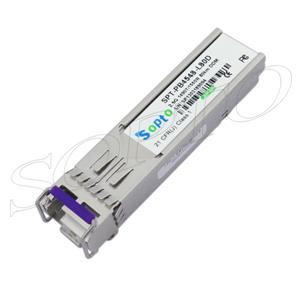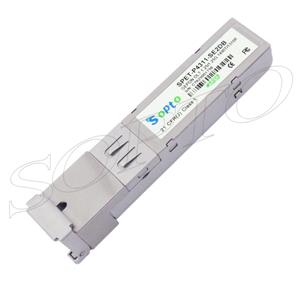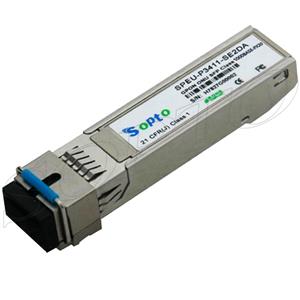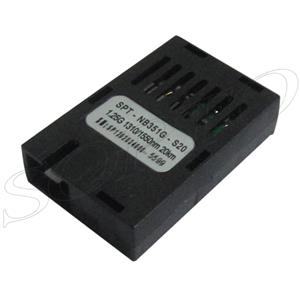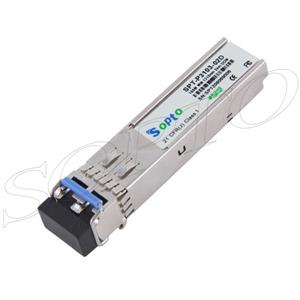-

- Sopto Home
-

- Special Topic
-

- Module Knowledge
-

- Useful Info about Optical interconnections
Module Knowledge
- Tips for Buying 10G XFP Transceivers
- XFP Transceivers for Telecommunications
- Three Types of Ethernet SFP Transceiver Modules Introduction
- Info about High Density CXP Optical Module
- Multipurpose CFP Optical Modules
- Info about CFP Management Interface
- SFP+ Transceivers Short Range Module Overview
- 3 Reasons Every Network Needs GLC-LH-SM Transceiver
- Is the GLC-SX-MM Transceiver Right for Your Switch?
SOPTO Special Topic
Certificate



Guarantee
Except products belongs to Bargain Shop section, all products are warranted by SOPTO only to purchasers for resale or for use in business or original equipment manufacturer, against defects in workmanship or materials under normal use (consumables, normal tear and wear excluded) for one year after date of purchase from SOPTO, unless otherwise stated...
Return Policies
Defective products will be accepted for exchange, at our discretion, within 14 days from receipt. Buyer might be requested to return the defective products to SOPTO for verification or authorized service location, as SOPTO designated, shipping costs prepaid. .....
Applications
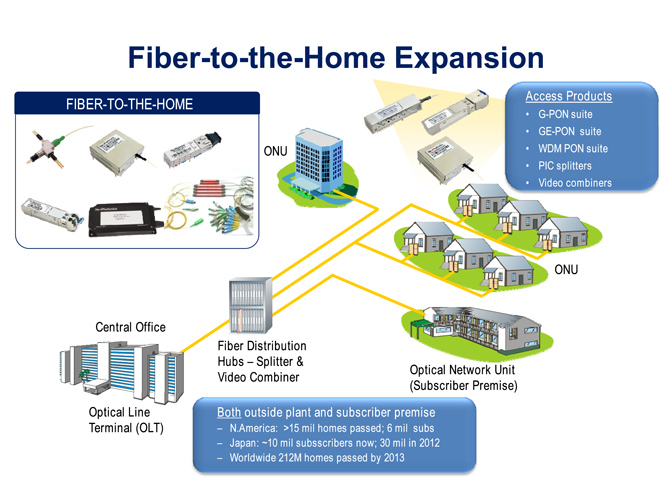 Fiber Optic Transceiver Modules can be applied to these occasions or fields.
Fiber Optic Transceiver Modules can be applied to these occasions or fields.
Ethernet
IPTV
FTTX
Security
Video Monitor
SDH/SONET
Data Communication
Storage Area Networks
SOPTO Products
- Fiber Optic Transceiver Module
- High Speed Cable
- Fiber Optical Cable
- Fiber Optical Patch Cords
- Splitter CWDM DWDM
- PON Solution
- FTTH Box ODF Closure
- PCI-E Network Card
- Network Cables
- Fiber Optical Adapter
- Fiber Optical Attenuator
- Fiber Media Converter
- PDH Multiplexers
- Protocol Converter
- Digital Video Multiplexer
- Fiber Optical Tools
- Compatible
Performance Feature
Stable
Low cost
Small size
Economic
Dust-proof
High speed
Hot-pluggable
Good EMI, EMC
Wide appliaction field
DDM function available
Long transmission distance
Good Anti-static performance
Module Knowledge
Recommended
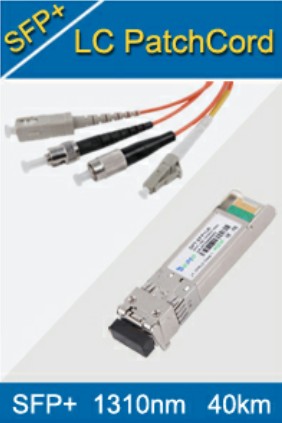
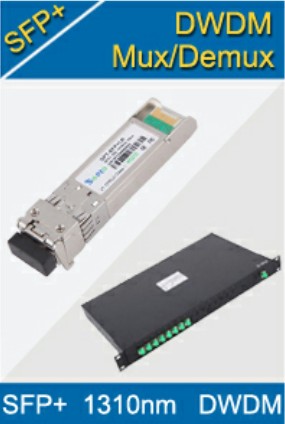
Useful Info about Optical interconnections
Optical interconnections are utilized to meet the increased level of demand pertaining to internet data traffic and to overcome the limitations of electrical interconnects due to advantages such as a short signal delay, a light weight, lower power consumption, and immunity to electromagnetic interference.
Optical interconnects improve the speed and quality of data transmissions in short-reach applications such as data processing units, optical storage applications and in data centers.
The high-storage data processing units of data centers require high-speed data transmission for rack-to-rack, board-to-board and chip-to-chip interconnections, with a design of high-capacity and compact pluggable optical modules for bidirectional optical links. Thus, careful designs of the TRx modules and optical components are desirable to minimize the optical assembly costs while optimizing their performances.
Bidirectional optical links as up- and down-links can be operated in full-duplex or half-duplex mode. During full-duplex mode operation, the optical signals can be transmitted and received simultaneously, while in half-duplex mode, the optical signals can be transmitted or received by time-sharing.
Half-duplex bidirectional transmission can be implemented through a single fiber or through two fibers. Full-duplex bidirectional transmission has been implemented through two fibers.
2.488Gbps 80km WDM SFP Transceiver
In half-duplex optical interconnect applications, the bandwidth of the bidirectional data transmission is reduced, while in full-duplex data transmission, the efficiency is increased by simultaneous data transmission.
However, implementation of the full-duplex mode with two fibers increases the number of fibers for bidirectional transmission. An ideal solution to provide rapid data access in a cost-effective structure is full-duplex transmission through a single fiber.
However, simultaneous data transmission through a single fiber may cause serious interference between the up- and down-link. Hence, in the proposed bidirectional optical link, we use different wavelengths for the up- and down-link to reduce the optical crosstalk between the up- and down-link through a single fiber.
The design of a bidirectional optical link using a single fiber requires special structures and the integration of a laser diode (LD), a photodiode (PD), and a transceiver (TRx) chip with a surface mirror or a bulk optic mirror. In an early work on a bidirectional module structure using a single fiber, a silicon optical bench (SiOB) with silicon surface mirrors was shown to be capable of surface emitting/receiving LD/PD chips which are monolithically integrated with a TRx chip and mounted on the SiOB.
In other work on a bidirectional optical subassembly (OSA) module through a single-mode fiber (SMF), two long wavelengths for the up- and down-link were utilized using a bulk optical mirror in which a wavelength filter was inserted. However, these bidirectional structures use specialized TRx chips integrated with LD and PD components and complex light-transmission structures with bulky mirrors.
Therefore, we propose a simplified bidirectional OSA module with the mirror and wavelength filters fabricated into the fiber. In order to reduce the optical crosstalk, two wavelengths of 850 nm and 1060 nm are utilized for the up- and down-link, respectively, which provides wider wavelength separation and thus reduces the interference noise between up- and down-link.
For more, please see next page where we will intro the “Structure of the bidirectional OSA module”.
Notices: This article is reprinted from: opticsinfobase.org/oe/fulltext.cfm?uri=oe-22-2-1768&id=277085
By the way, Sopto supplies high quality fiber optical modules and fiber optical connectors with reasonable price. For the newest quotes, please contact a Sopto representative by calling 86-755-36946668, or by sending an email to info@sopto.com. For more info, please browse our website.
You May Like:





-180x180.JPG)

